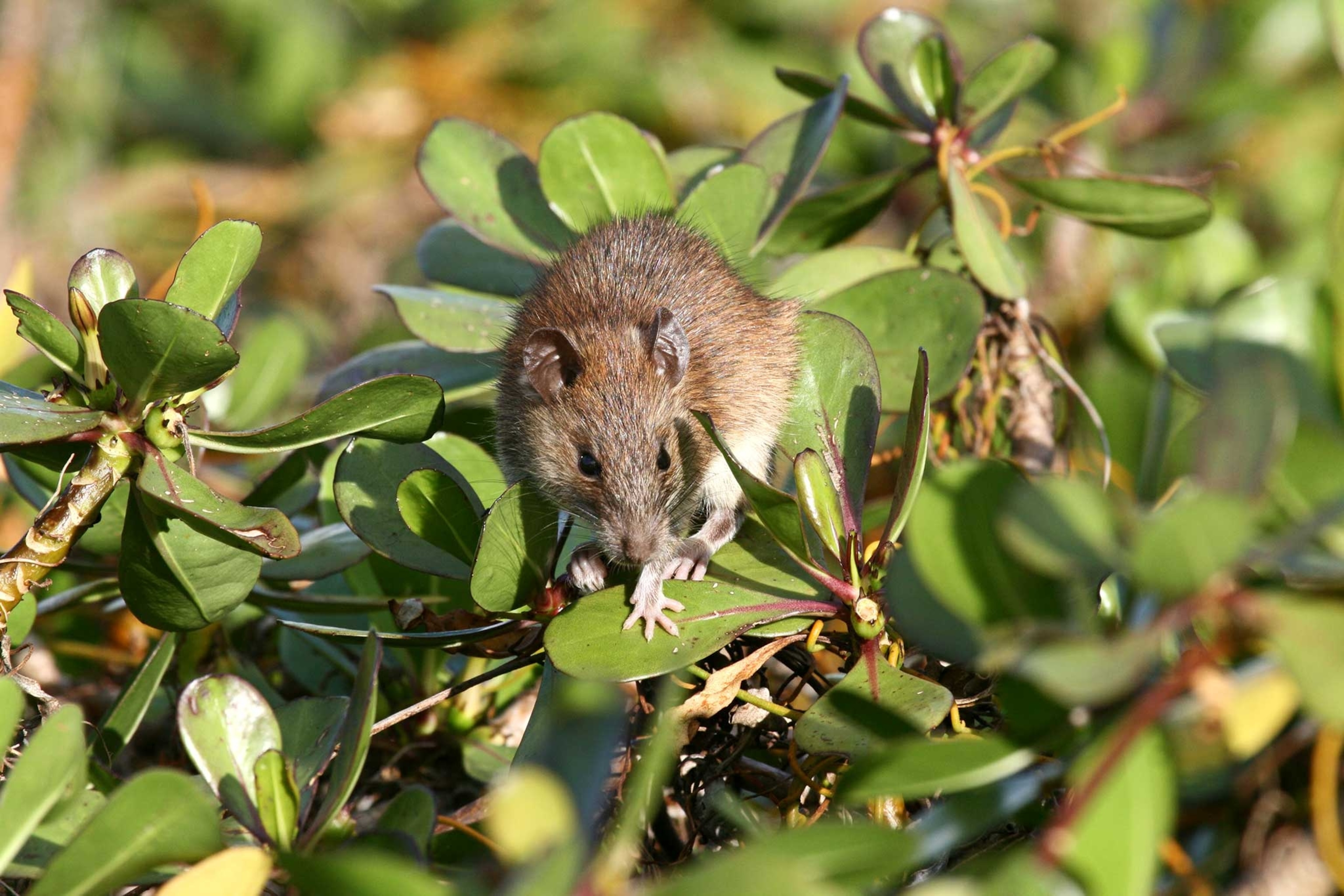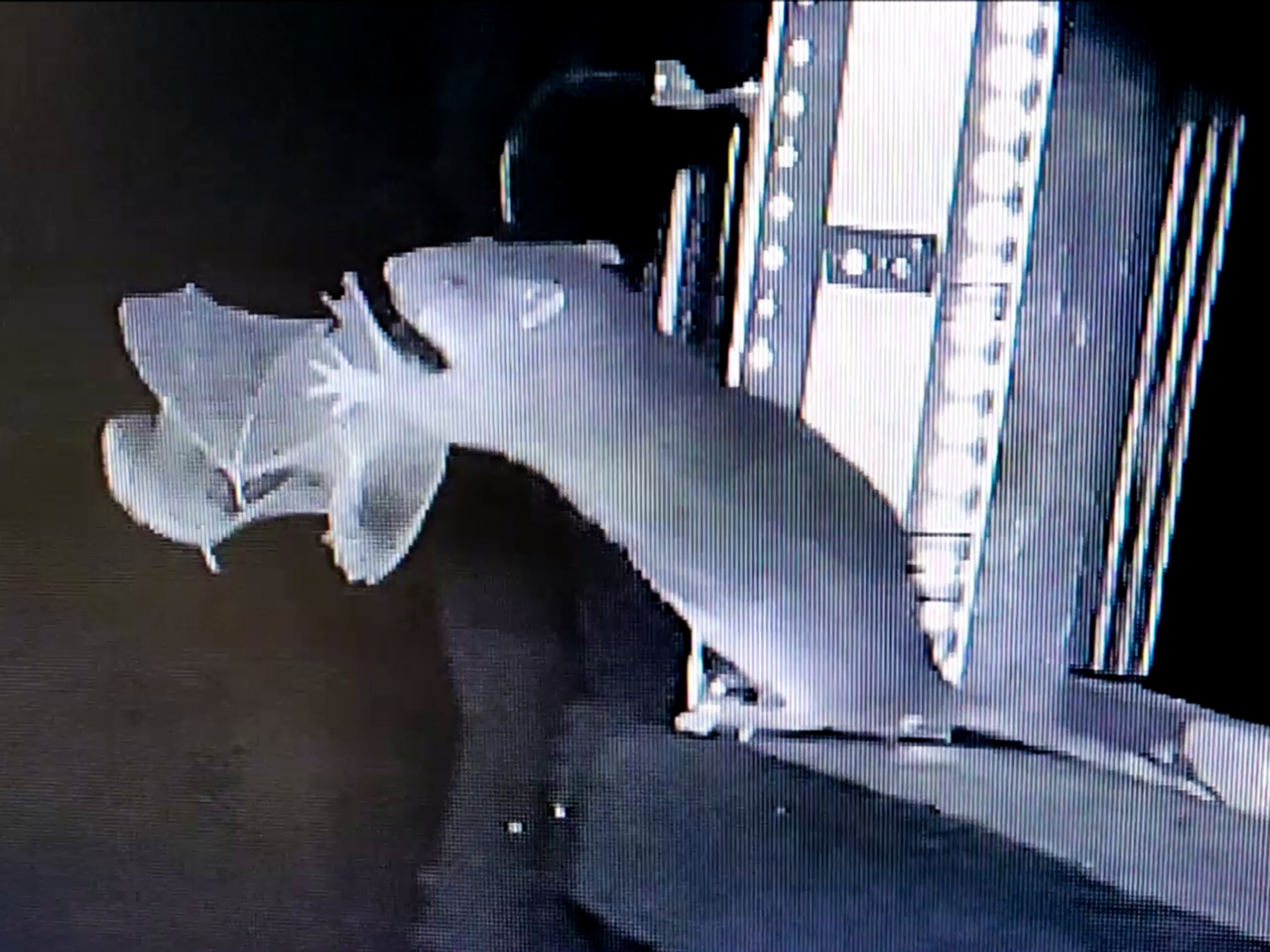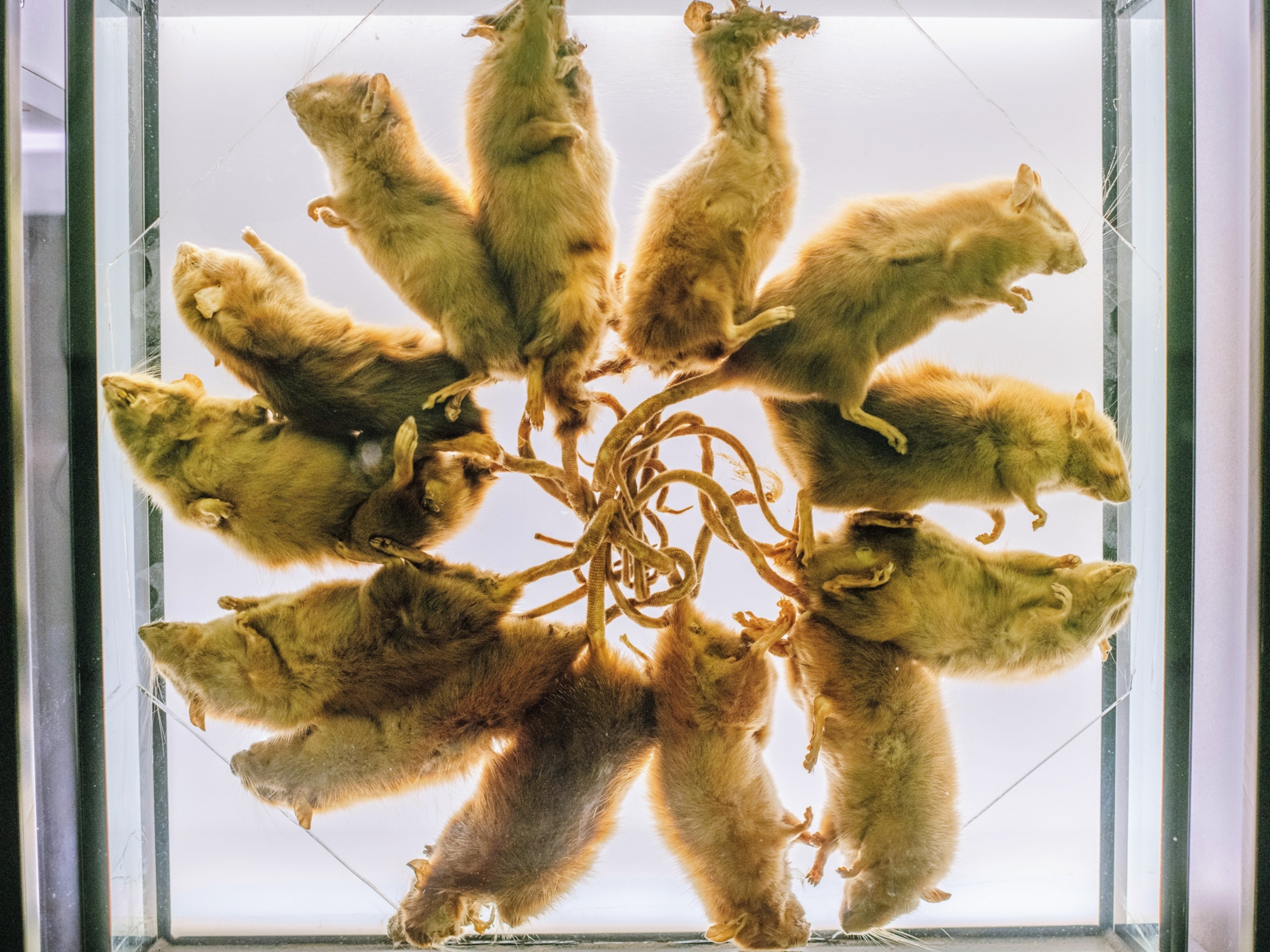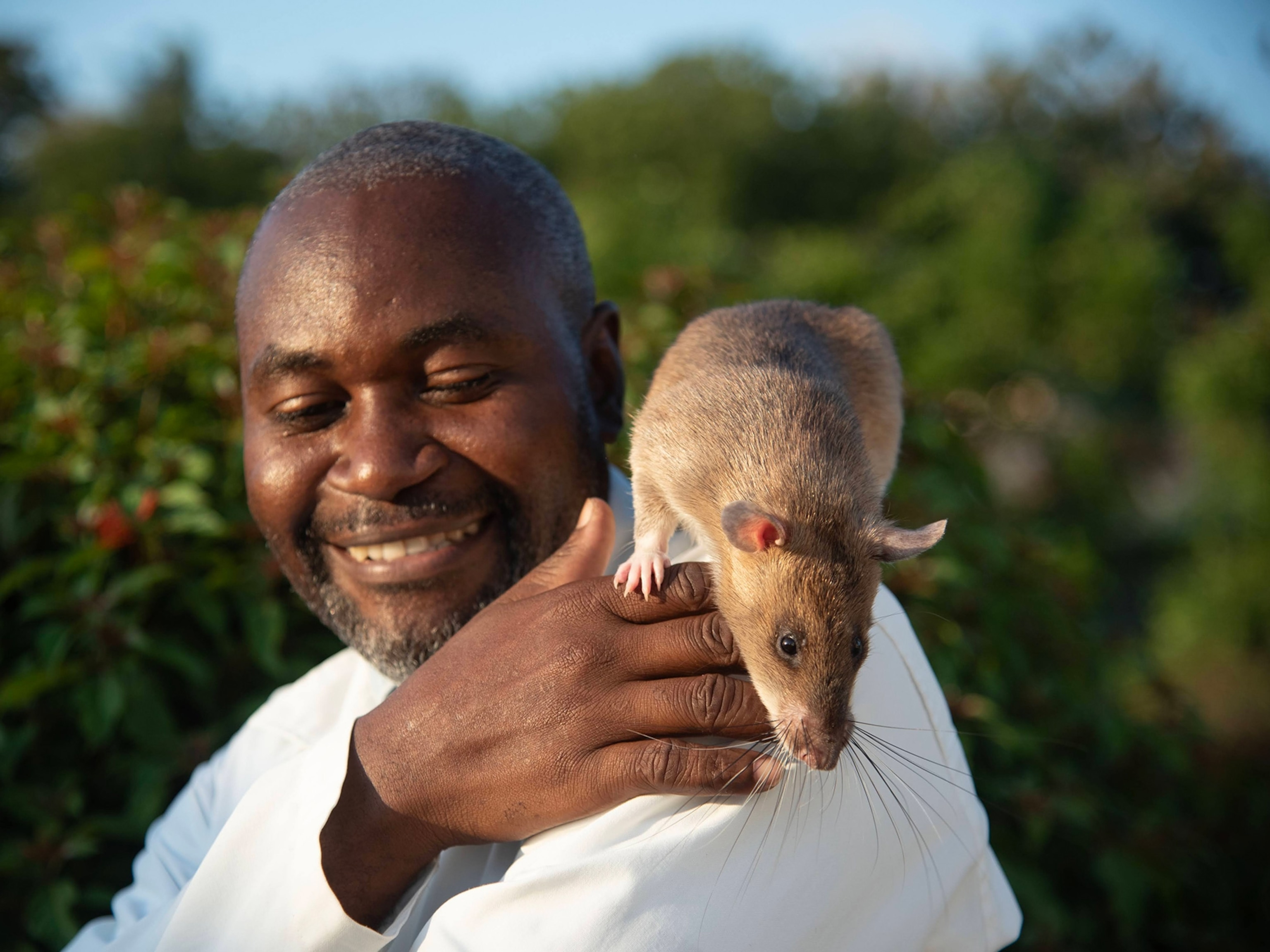
80 Rats Exploded Into 100,000 by Avoiding Poison
A two-million-dollar rodent eradication program flopped in the South Pacific, and now scientists think they know why.
The rats didn’t seem to have a prayer. After years of meticulous planning, helicopters flew over a South Pacific atoll in 2011 and scattered 80 tons of toothsome cereal pellets, each loaded with a lethal dose of rat poison.
At first, the two-million-dollar rat eradication project on Henderson Island seemed to be working. The invasive rodents that had been gnawing on baby birds and sea turtles dwindled dramatically, with the island population down to just 60 to 80 individuals a few weeks after the bait drop.
Today, though, that atoll is once again overrun with rats. In just a few years, the survivors multiplied to 50,000 to 100,000—the same number as before the poisoning.
It’s simple math, says Michael Brooke of the University of Cambridge. A female rat bears a half dozen pups every few months, and female pups mature in two to three months.
“If you do the sums there, you’ll find no difficulty in getting back to the full number in the time scale we’re talking about,” he says. “These sorts of projects are either successful, and you can have a party, or they’re a failure.”
Brooke is co-author of a new study about why the eradication program ran into trouble. The study appears in this week’s Royal Society Open Science.
The results highlight the difficulty of wiping out rodents on tropical and subtropical islands, but they also rule out certain causes for the failure and pinpoint the number of survivors, says Brad Keitt of Island Conservation, a California-based nonprofit group.
“It was close,” he says. “There was just a handful of animals that survived.”
Chick Fillet
That handful added up to tragedy for Henderson, a limestone speck more than 3,000 miles (5,000 kilometers) from the nearest continent. With no permanent human residents, it is one of the last near-pristine islands of its kind, and it teems with birds and plants found nowhere else on Earth.
Unfortunately, Henderson also teems with Pacific rats, imported by Polynesian sailors some 800 years ago. The rats are so thick that researchers visiting the island must store their food in plastic or metal drums. “If you’re foolish enough to have a chocolate bar in your zipped-up tent,” the rats will bite through the fabric, Brooke says.
More gruesomely, rats feast on chicks of the endangered Henderson petrel, which is being eaten to extinction. Rats also gobble chicks of the gadfly petrels that nest on the island, taking out 95 percent of chicks less than a week after hatching.
That’s why the Royal Society for the Protection of Birds and the Pitcairn Islands Government, which oversees Henderson, mounted the massive rat-eradication effort. The bait drop “was a textbook operation,” recalls New Zealand-based consultant Nick Torr, an operations manager for the effort. “We fully expected it to work.”
Seven months later, National Geographic explorer Mike Fay was counting birds on Henderson and “saw this rat drop down from one branch to another,” Fay wrote in his blog. An emergency expedition to Henderson confirmed the sighting. “I was heartbroken,” Torr says.
Genetics tests by Brooke and his colleagues now show that the new rats on Henderson are natives, not immigrants, proving the island wasn’t recolonized from elsewhere. And when the researchers fed poison pellets to the rats living on Henderson post-eradication, the animals died, suggesting that resistance to the poison didn’t sink the project.
Rat Smorgasbord
Instead, the culprit may have been an unexpected rainfall on Henderson just before the poison drop. The island became a paradise of fruit and flowers, and rats could well afford to turn up their snouts at the pellets.
By contrast, eradications on temperate islands are relatively straightforward, says Keitt. Temperate islands have regular seasons, making it easy to schedule anti-rodent campaigns when the animals’ larders will be bare and they’ll be hungriest.
Given the erratic weather on tropical and sub-tropical islands, one possible solution is to develop “the chocolate truffles of bait … such that rats will feel totally compelled to eat the bait rather than any natural foods,” Brooke says.
The Royal Society hopes to return to Henderson to finish the job, but first managers there want to determine the best possible timing for a second expedition, the society’s Clare Stringer says via email. She hopes the new research will encourage all eradication teams to bank genetic material from before and after a poisoning, so this kind of sleuthing can continue.
Crucially, even though the rats came back, birds on Henderson did recover during the brief, glorious period when the island was almost rat-free.
If rats could be totally removed, “we might be talking a hundred times the abundances we see today among seabirds,” Brooke says. “That would be a huge conservation gain.”





